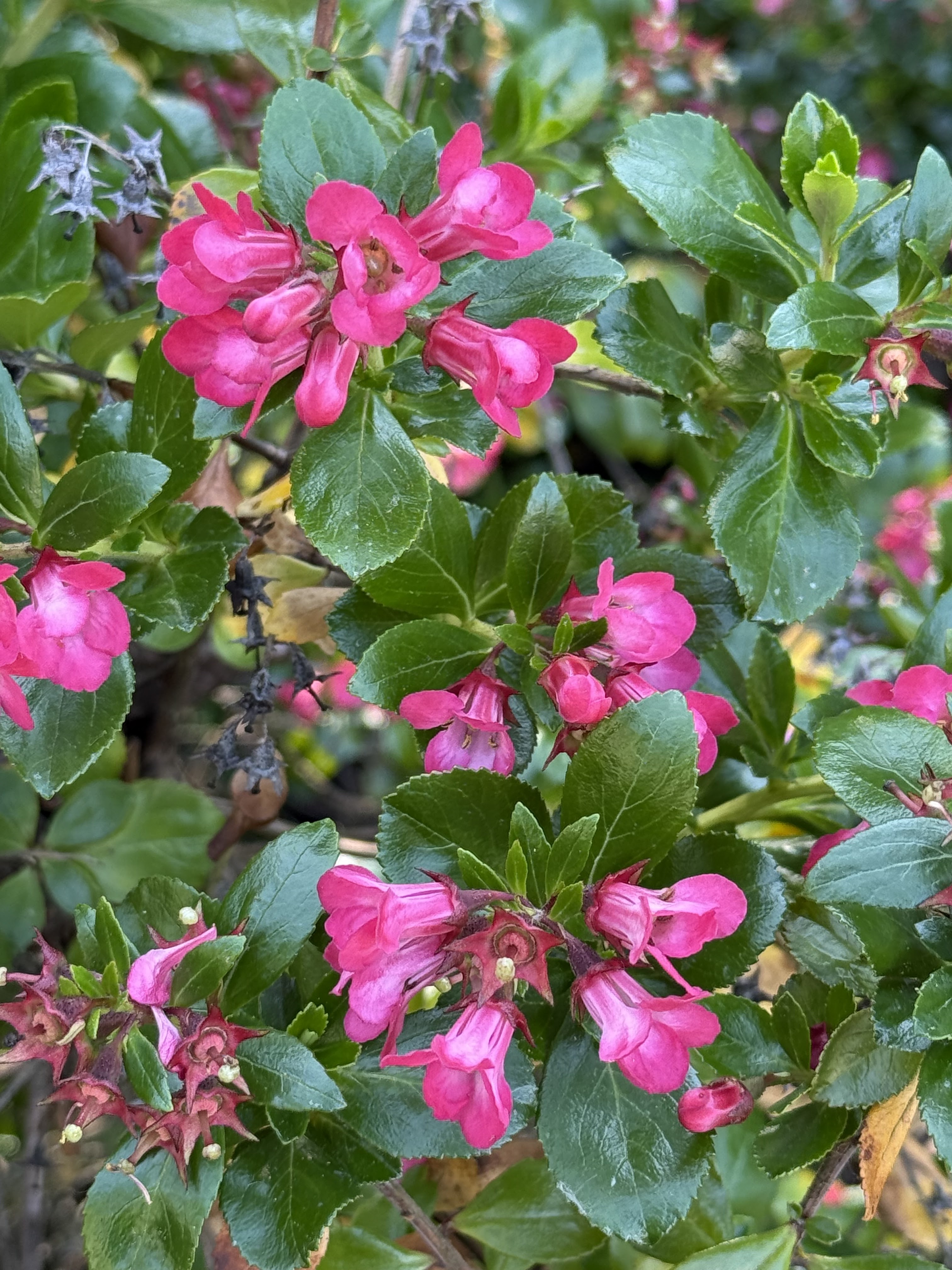By Richard B. Primack
“Summer passes into autumn in some unimaginable point of time, like the turning of a leaf..” Henry David Thoreau in A Week on the Concord and Merrimack Rivers.
A recent high-profile article in the Proceedings of the National Academy of Sciences by Victor Van der Meerschvandermer and E. M. Wolkovich suggests that trees use the time of the summer solstice, the longest day of the year, to determine when to start the process of bud dormancy and leaf senescence that will end the growing season. Trees might even use the summer solstice to gauge how many flower buds will be set for the following year.
 |
| Figure 1: The summer solstice is the longest day of the year. |
I was asked to comment on the article for the Canadian newspaper Globe and Mail, and wrote the following:
The study is valuable in showing the potential of the summer solstice in determining major plant process. However, as the authors point out, because the summer solstice also occurs at the time of maximum temperatures, it remains unclear if plants are using day length or temperature to undergo transitions in growth. To disentangle these two factors requires further research with plants in the field and the lab.
 |
| Photo 1: Trees may be responsive to the summer solstice. |
Also, this study considers the general case of all plants, but it is almost certain that different tree species, such as beeches, pines, oaks and maples, will each have their own combinations of environmental cues and ways of responding to future climate change. This question needs to be investigated.
And further, we have strong evidence that later in the summer, plants use temperature (both high temperatures and low temperatures), precipitation and soil moisture, and photoperiod to determine the start of bud dormancy and leaf senescence. So perhaps we do not need to hypothesize the addition of another factor, such as summer solstice, especially since it occurs months before the end of the growing season.
 |
| Photo 2: Is autumn leaf color change triggered by the summer solstice months earlier? |
Here is a link to the scientific article: LINK
Here are links to two popular articles on this topic: LINK 1 and LINK 2














